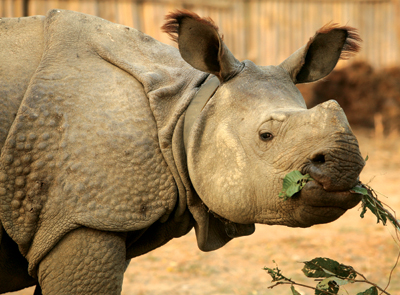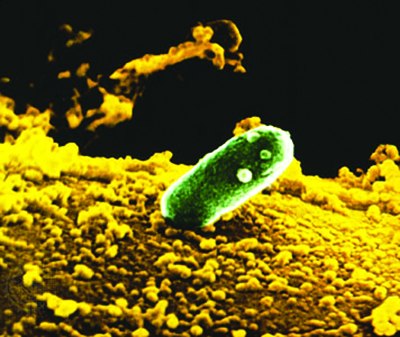India has so far documented over 91,200 species of animals and 45,500 species of plants in its ten bio-geographic regions. In addition, nearly 91,212 of faunal species (7.43% of the world’s faunal species) have been recorded in the country. Endemic rich Indian fauna is manifested most prominently in Amphibia (61.2%) and Reptilia (47%). Likewise, Indian fish fauna includes two endemic families and 127 monotypic genera. As per the International Union for Conservation of Nature (IUCN) Red List (2008), India has 413 globally threatened faunal species, which is approximately 4.9% of the world’s total number of threatened faunal species.
It is recognised as one of the eight Vavilovian centres of origin and diversity of crop plants, having more than 300 wild ancestors and close relatives of cultivated plants, which are still evolving under natural conditions.
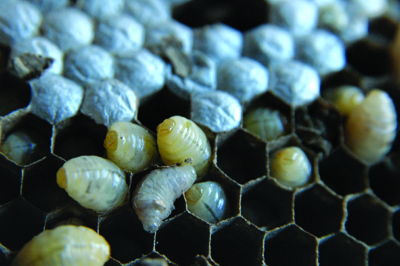 | | 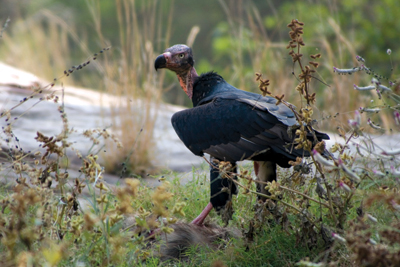 |
Continuous surveys and explorations have added new discoveries – 41 plant species in 2007 by Botanical Survey of India (BSI) alone. The unique features of the plant diversity, among others, include 60 monotypic families and over 6,000 endemic species. Recent estimates indicate the presence of over 256 globally threatened plant species in India.
India’s contribution to crop biodiversity has been impressive, with repositories of over 50,000 varieties of rice, 5,000 of sorghum and 1,000 varieties of mango, among others. The National Gene Bank, primarily responsible for ex-situ conservation of unique germplasm on a long-term basis, holds 3,66,933 unique accessions of plant genetic resources.
India is the third largest producer of fish in the world. A database on 2,182 fishes found in Indian waters has been developed, which includes 327 freshwater species listed in IUCN threat categories and 192 endemic fishes.
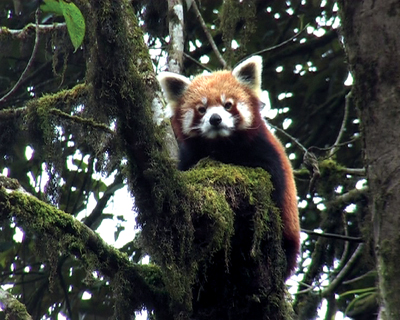 | | 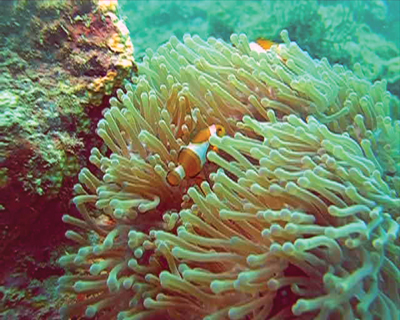 |
|
Two global hot-spots exist in India: the Eastern Himalaya and the Western Ghats. They contribute prominently in geographic extent, biophysical and socio-cultural diversity and uniqueness. The extent of species endemism in vascular plants alone ranges from 32 to 40% in the mountain ecosystems. Other groups, such as reptiles, amphibians and fish show more than 50% of species endemism in the Western Ghats. Of the 979 bird species recorded from the Himalayan region, four Endemic Bird Areas have been delineated for priority
conservation measures and likewise, identification of “Key Biodiversity Areas (KBAs)” has been initiated in Western Ghats. At present, there are 137 Protected Areas (PAs) (47,208 sq km) in the Indian Himalayan Region (IHR) and 88 PAs (13,695 sq km) in Western Ghats.
Source: India’s Fourth National Report to the Convention on Biological Diversity, Ministry of Environment and Forests, Government of India, New Delhi, 2009.
Back











